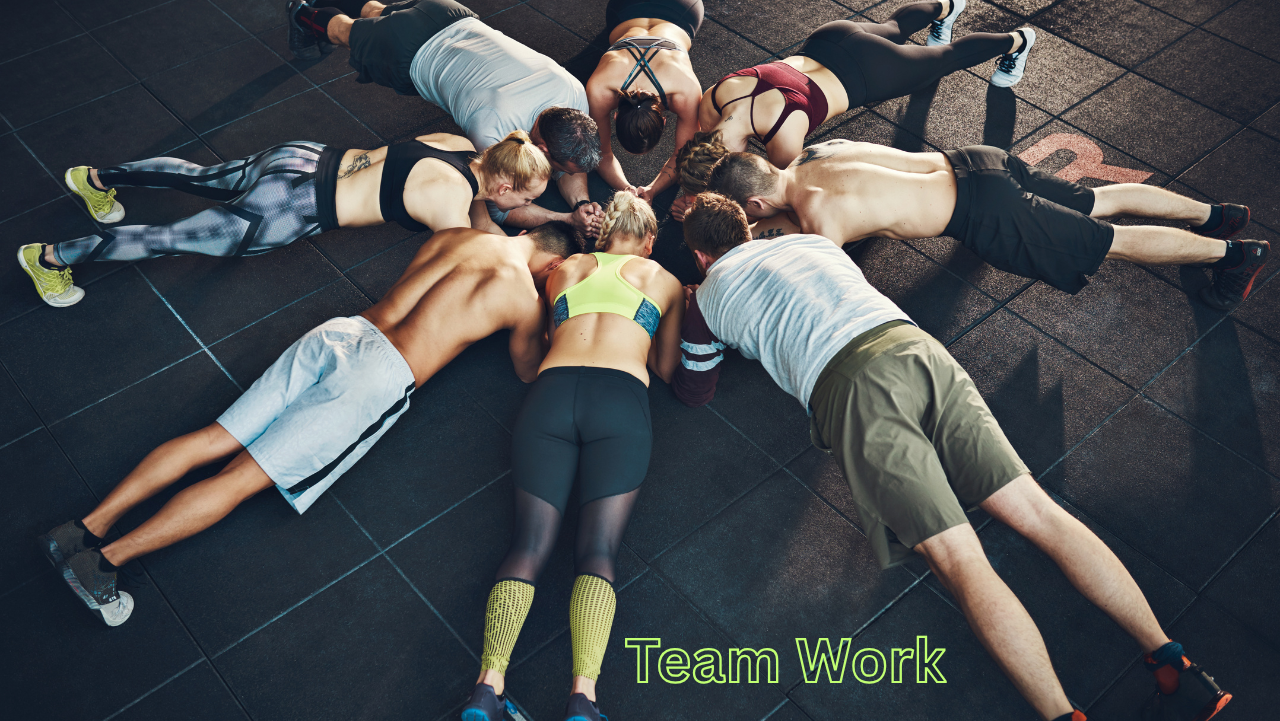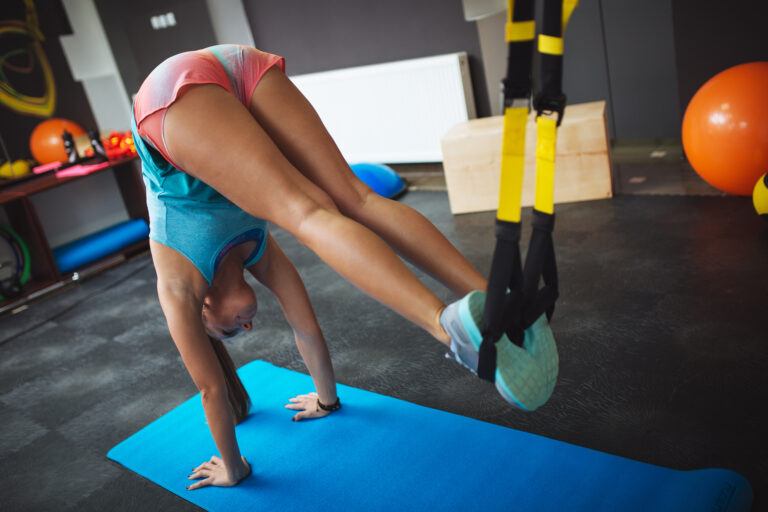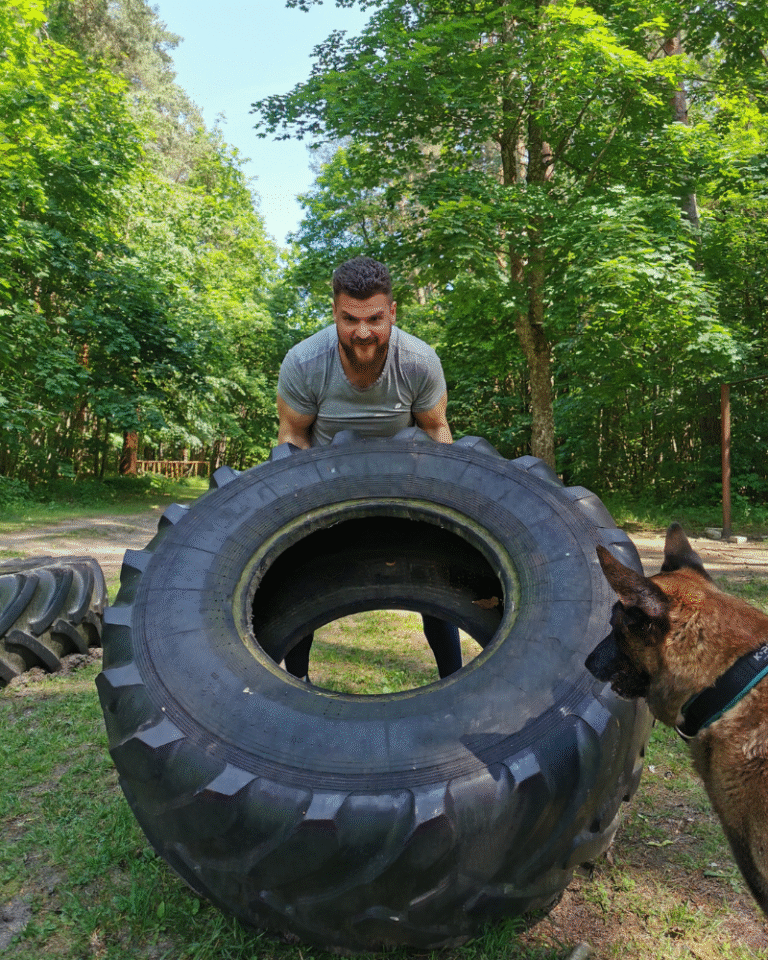How To Get Started With Fitness Cross-training
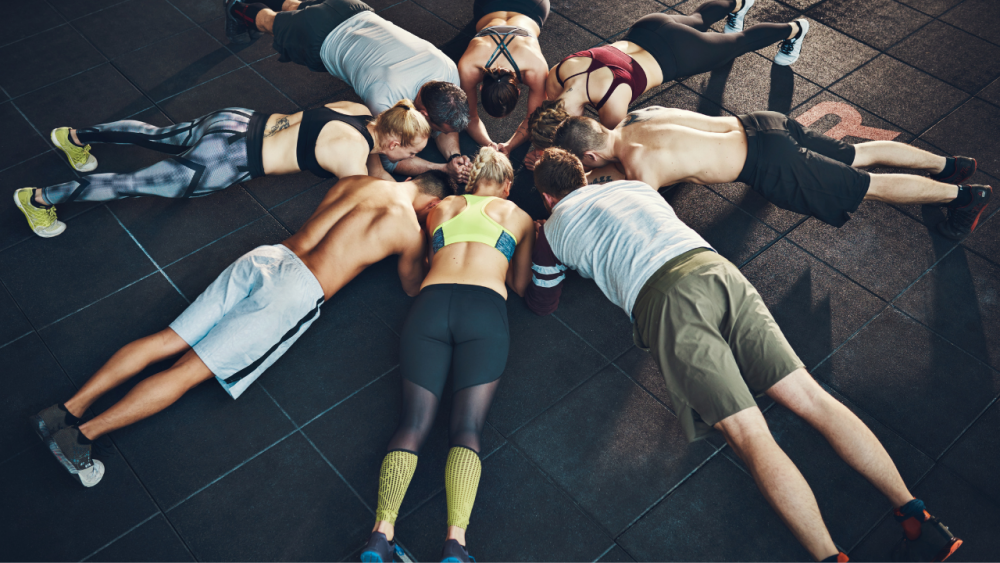 Cross training is something I see popping up everywhere.
Cross training is something I see popping up everywhere.
Whether it’s gym vlogs, fitness challenge videos, or group classes that seem like a great time, there’s no shortage of content.
Scan through YouTube, and you’ll spot athletes flipping upside down for handstands, moving heavy barbells, or crushing a round of burpees. But it’s not just about going all-out; there are also a ton of videos featuring people of all ages sharing laughs, pushing through tough moments, and supporting each other.
Whether in a gym or at the local park, what stands out to me is just how real the joy and sense of accomplishment feel in these cross training communities.
What is Cross Training?
Cross training, as we know it today, really started gaining traction during the 1990s in the US. The core idea was to create workouts that mix different styles—gymnastics, strength training, weightlifting, and regular athletic drills—so your body gets stronger and more capable in every way. It’s built to help you run faster, lift more, jump higher, grow endurance, and even get mentally tougher.
Instead of simply trying to look fit, most workouts help you prepare for whatever life throws at you: carrying groceries, playing sports with friends, or keeping up with your kids without feeling totally wiped out.
Today, cross training has become a worldwide sport, complete with massive competitions like “The Games” broadcast online, along with local contests popping up in cities around the globe.
How to Get Started in a Cross Training Community
One of the coolest parts about starting cross training is how welcoming the community can be. The popular motto is, “Anyone can do it.” This isn’t just a catchy saying—I’ve seen genuine beginners walk into a class next to experienced trainers, and everyone cheers each other on.
Many gyms offer a beginner course called “On Ramp” or something similar. These intro classes cover the basics: safe form, what to watch for, and how to pace yourself. There’s no need to try to memorize everything since coaches are there to guide you, adjust workouts, and offer constant support.
If you’d rather go one-on-one, individual coaching is often available too. But simply showing up to a group session works wonders. Most folks remember being beginners and are happy to offer tips, a hand, or just a friendly smile.
Remember, don’t overthink it. Thoughts like ‘I can’t join group classes, I’m too shy’ or ‘It’s not the right time’ are just excuses. Stop that mindset—try it once, and then let’s talk. It’s way more fun than you think! Don’t judge it until you experience it.
The Typical Structure of a Cross Training Class
Ever wonder what goes on in a cross training class? Most lessons kick off with warmups and mobility drills. This gets your joints and muscles ready for tougher moves. There are usually three main sections:
- Skill Practice: Try your hand at handstands or basic gymnastic moves. Even if you feel uncoordinated at first, everything can be scaled for newcomers.
- Strength Training: Here you’ll use weights or tools like kettlebells for squats, presses, and deadlifts. Coaches always guide you in finding the right technique and weight for your level.
- Conditioning Workout (WOD): The “Workout of the Day” or WOD, blends bodyweight moves with stuff like dumbbell snatches, box jumps, burpees, or jump rope routines. You’ll hear terms like DU (doubleunders), CJ (clean & jerk), T2B (toes-to-bar), HSPU (handstand pushup), and OHS (overhead squat). It sounds like a secret code at first, but you’ll catch on quickly.
Working out with a group brings a big energy boost, and even if you’re just focusing on your own pace, the buzz from everyone’s effort is contagious. Plus, support and encouragement from coaches and classmates make the process way more motivating.
Specialized Cross Training Lessons
Lots of gyms offer lessons that zero in on a specific skill. If Olympic weightlifting is your thing, you can join classes dedicated to lifts like the snatch and clean & jerk, with supporting exercises that help you master the details of each movement. If gymnastics catches your eye, there are sessions focused on handstands, muscles-up, rope climbs, and even tricks like the single leg pistol squat. In these focused classes, you’ll break moves into manageable pieces so you can gradually build up, no matter where you’re starting from.
Training at Home or on Your Own
You don’t need to fork out cash for a gym membership to do cross training. A lot of the foundational workouts use bodyweight only—think pushups, air squats, lunges, burpees, planks, and plenty of creative combos with a jump rope. You can try at your own pace, right from your living room or backyard.
If you have an “Open Gym” nearby (a place for solo workouts with equipment), it’s smart to follow a plan put together by a certified coach. Prebuilt routines help keep your training balanced and progressive, so you don’t risk neglecting major movements or going too hard in one area. Mixing home sessions with group classes now and then is a great way to stay motivated and accountable, too.
Gear Up: Clothing and Equipment
You don’t need to blow your budget on flashy gear. Comfort-focused workout clothes and basic athletic shoes are perfect for beginners. Regulars sometimes wear shoes like Reebok Nanos or Metcons from Nike because they’re built for versatile, all around workouts, but any non-slip sneakers are fine when you’re new.
Picking up a jump rope is a good idea for warming up and conditioning. A foam roller and a massage ball are solid additions as well—they’re helpful for stretching and rolling out sore muscles after training.
Nutrition for Cross Training Performance
If you want the best results from your workouts, eating right can make all the difference. Sticking to mostly real, unprocessed foods is your best bet, especially since tough training sessions mean your body needs to recover quickly.
You’ve probably heard the simple cross training nutrition motto: “Eat meat and vegetables, nuts and seeds, some fruit, little starch, and no sugar.”
You don’t have to overhaul your diet overnight. The focus is on balance—mix in proteins, carbohydrates, and healthy fats, and don’t skimp on hydration. Track how foods affect your energy and recovery, and tweak things if you notice dips or improvements. Small changes can make a surprisingly big impact.
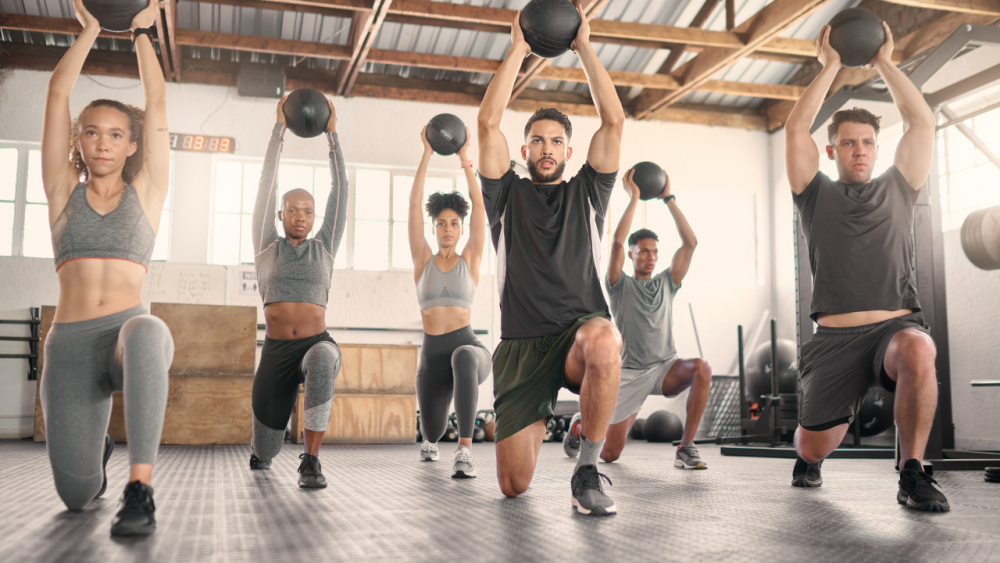
Common Hurdles and Simple Solutions
Running into a few challenges is totally normal when you first start cross training. Here are some common ones and how you can handle them:
- Feeling Overwhelmed: The first session can seem like a whirlwind—new words, unfamiliar moves, and fast-paced routines. It’s okay. Ask questions and move at your own pace. Your comfort and confidence will grow quickly.
- Soreness: Trying new exercises means feeling it in your muscles the next day. Regular stretching, foam rolling, and staying active help your recovery. With time, soreness fades faster and you bounce back easier.
- Scaling: Not every exercise fits every person right away. Scaling means customizing moves to fit your current ability. Coaches are there to provide alternatives so you can train effectively without overdoing it.
- Staying Motivated: After that initial excitement, motivation can drop. Set realistic, short-term goals and consider joining group sessions (even virtually) to help you stay on track.
Overcoming Intimidation
Many people worry they’re not fit enough to start. Truth is, showing up is the biggest step. Every athlete, regardless of ability, was new once. Most coaches and fellow members genuinely love helping newcomers and giving a boost when needed.
Learning the Moves
Cross training can sometimes feel like a different language with acronyms like EMOM (“every minute on the minute”) and AMRAP (“as many rounds as possible”). You’ll get the hang of it as you stick with classes, especially if you ask instructors to clear things up at the start.
Extra Tips for Leveling Up Your Cross Training
Once you’re comfortable with the rhythm, here’s how to keep things moving forward and stay stoked for every session:
Track Your Progress: Use a notebook or fitness app to jot down your workouts, weights, and times. Watching yourself improve over weeks and months feels awesome and keeps you motivated.
Mobility Matters: Invest time in stretching and moving through your full range—hips, shoulders, and hamstrings are especially important. Yoga or basic flexibility flows can make tough moves smoother and safer.
Fine Tune Your Form: Keep learning, no matter how experienced you get. Ask coaches for feedback often. A few tweaks to technique make you faster and more resilient to injury.
Switch Up Workouts: Add new moves, try different WOD styles, or experiment with unique locations like parks or tracks. Variety keeps things new and helps avoid ruts while working fresh muscle groups.
Top Questions From Beginners
Here are some questions that regularly pop up for those just getting into cross training:
Question: Do I need to be super fit to start?
Answer: Not at all. Cross training welcomes everyone. Coaches always help you scale workouts to match your current fitness level, building you up step by step.
Question: How do I stay injury-free?
Answer: Good form, patience, and scaling are your friends. Always listen to your body, rest when something doesn’t feel right, and reach out to trainers for guidance and check-in tips.
Question: What if I struggle with an exercise?
Answer: Every move can be modified. Coaches give alternative exercises whenever something is out of reach. The whole focus is on growth rather than immediate perfection.
Question: Do I need special shoes or equipment?
Answer: Starting off with comfy athletic wear and any solid gym shoes works great. Later on, you can get fancy with gear if you want, but it’s not necessary at the start.
Why Cross Training Works for So Many People
Cross training is a favorite among many fitness fans because it never gets stale. There’s always a new challenge waiting, a fresh skill to work on, or a personal best to chase. The friendly and upbeat vibe is hard to beat, and you’ll notice progress whether you train three times a week or just when you can fit it in.
My favorite part? Getting a real confidence boost from finishing a workout—even when it’s tough or messy! Showing up, trying hard, and rooting for others in the group builds great habits that genuinely help in all areas of life. If you want an active, fun way to build strength, resilience, and community, cross training is worth jumping into.

